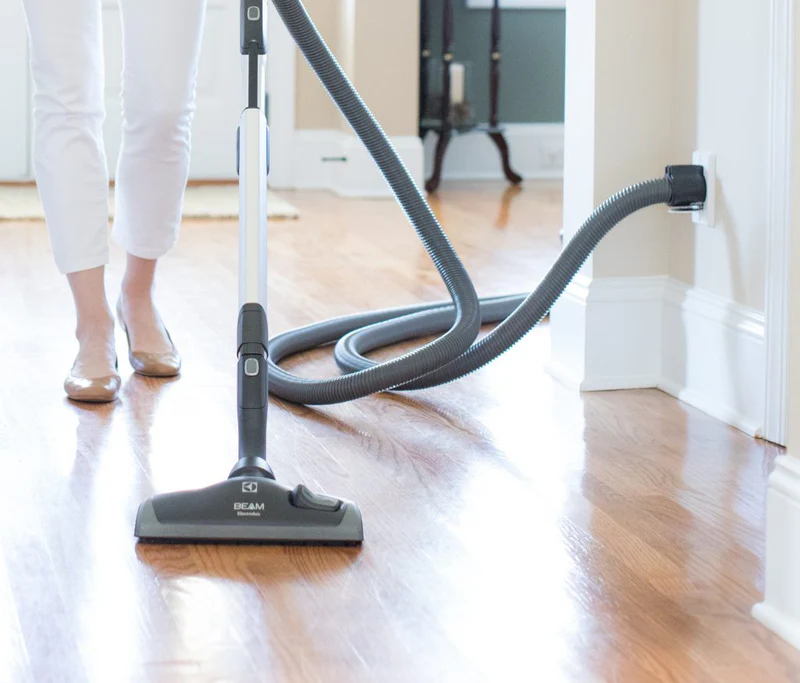Installing a central vacuum system can be a significant upgrade for your home, offering convenience and superior cleaning power. However, before diving into the installation process, it’s essential to understand the costs and considerations involved to make an informed decision.
1. Installation Costs:
The cost of installing a central vacuum system varies based on several factors, including:
- System Type and Size: Central Vacuum Systems range from basic models to high-end systems with advanced features. Larger homes or those with multiple floors may require more extensive systems, impacting overall costs.
- Labor Costs: Professional installation is recommended for Central Vacuum Systems to ensure proper placement of inlet valves, tubing, and the power unit. Labor costs can vary depending on your location and the complexity of the installation.
- Materials and Accessories: In addition to the central vacuum unit itself, you’ll need accessories such as inlet valves, tubing, and possibly additional cleaning tools. These items contribute to the overall installation expenses.
2. Considerations Before Installation:
Before committing to a central vacuum system, consider the following factors:
- Home Layout: Evaluate your home’s layout to determine the number of inlet valves and the placement of the power unit. Ideally, the system should provide adequate coverage without unnecessary tubing runs.
- Power Unit Location: The power unit is typically installed in a garage, basement, or utility room to minimize noise and maximize efficiency. Ensure there is sufficient space and access for maintenance.
- Installation Complexity: Depending on your home’s construction (e.g., existing ductwork, accessibility), installation complexity can vary. Older homes or those without pre-installed ductwork may require more intricate installation procedures.
- Noise Considerations: Central Vacuum Systems are quieter than traditional vacuum cleaners, but noise levels can still vary. Choose a system with noise-reducing features if noise is a concern, especially if the power unit will be located near living spaces.
3. Benefits of Professional Installation:
While DIY installation is possible for some homeowners, professional installation offers several advantages:
- Expertise: Professionals have experience in installing central vacuum systems, ensuring proper placement and functionality.
- Warranty Compliance: Some manufacturers require professional installation to maintain warranty coverage, ensuring support in case of system issues.
- Time and Efficiency: Professionals can complete the installation efficiently, minimizing disruptions to your daily routine.
4. Long-Term Savings and Maintenance:
Investing in a central vacuum system can lead to long-term savings and convenience:
- Improved Indoor Air Quality: Central Vacuum Systems often feature superior filtration systems, reducing airborne dust and allergens compared to traditional vacuums.
- Durability and Performance: Quality central vacuum systems are built to last, requiring less frequent replacement than portable vacuums.
- Increased Home Value: A central vacuum system can add value to your home, appealing to potential buyers looking for modern amenities and convenience.
Conclusion:
Before installing a central vacuum system, carefully assess installation costs, consider professional installation for optimal results, and weigh the long-term benefits of improved cleaning efficiency and home value. By understanding these considerations, you can make a well-informed decision to enhance your home’s cleanliness and comfort with a central vacuum system tailored to your needs.
